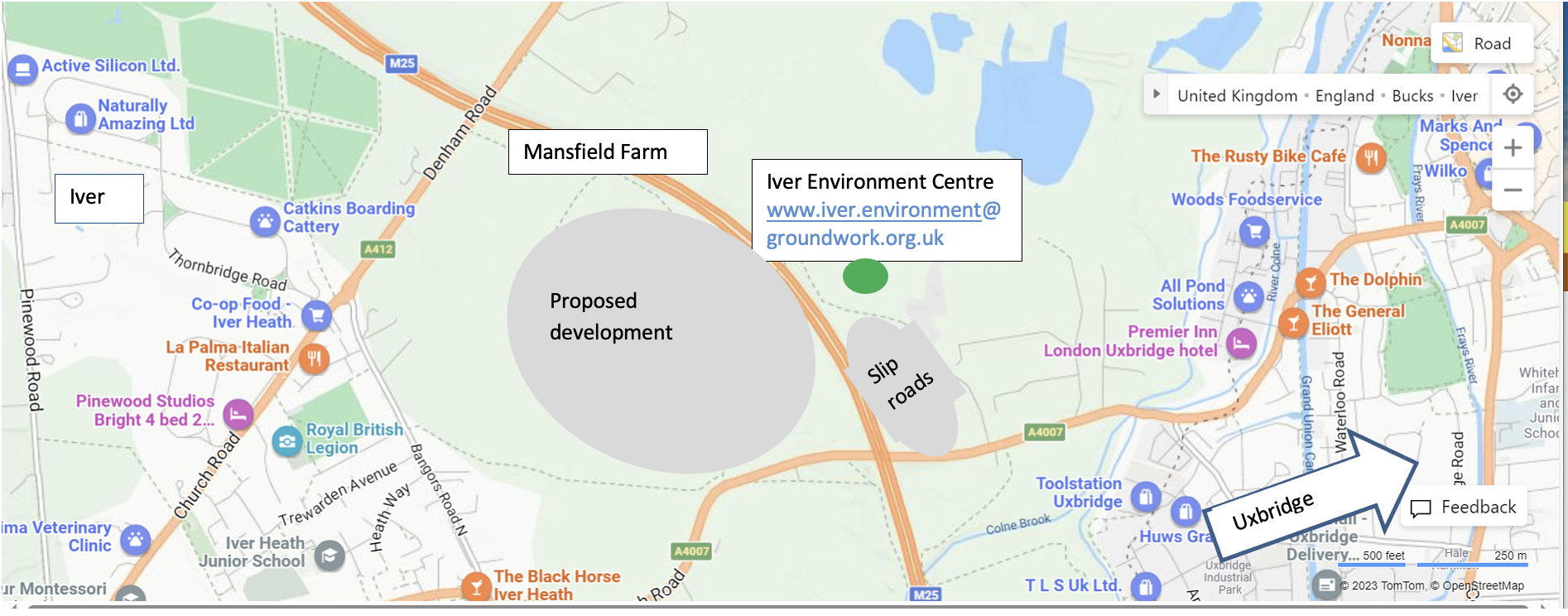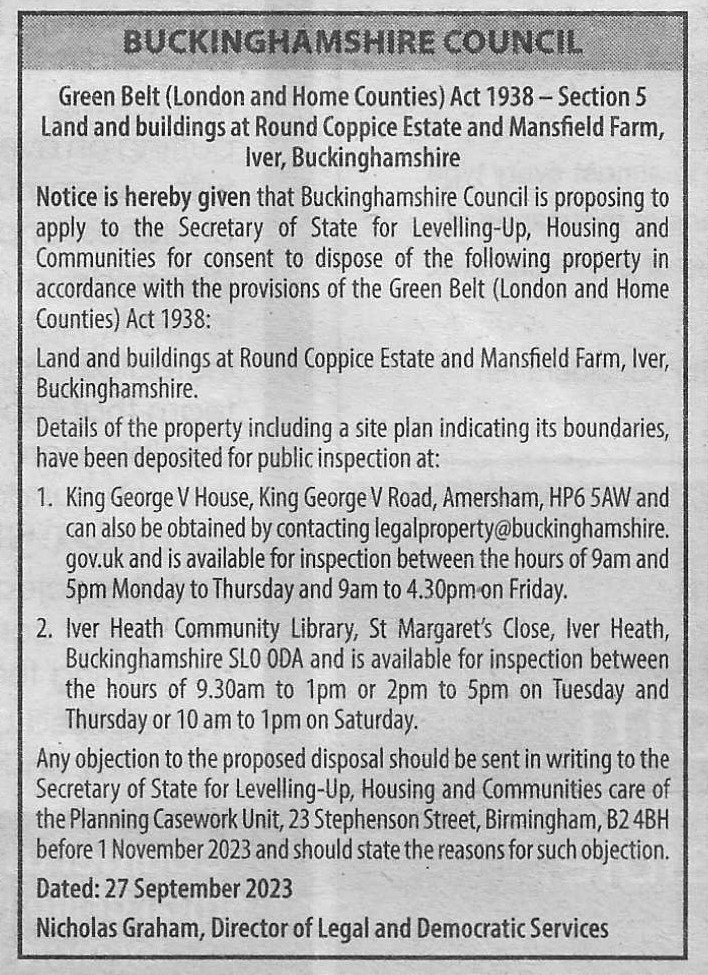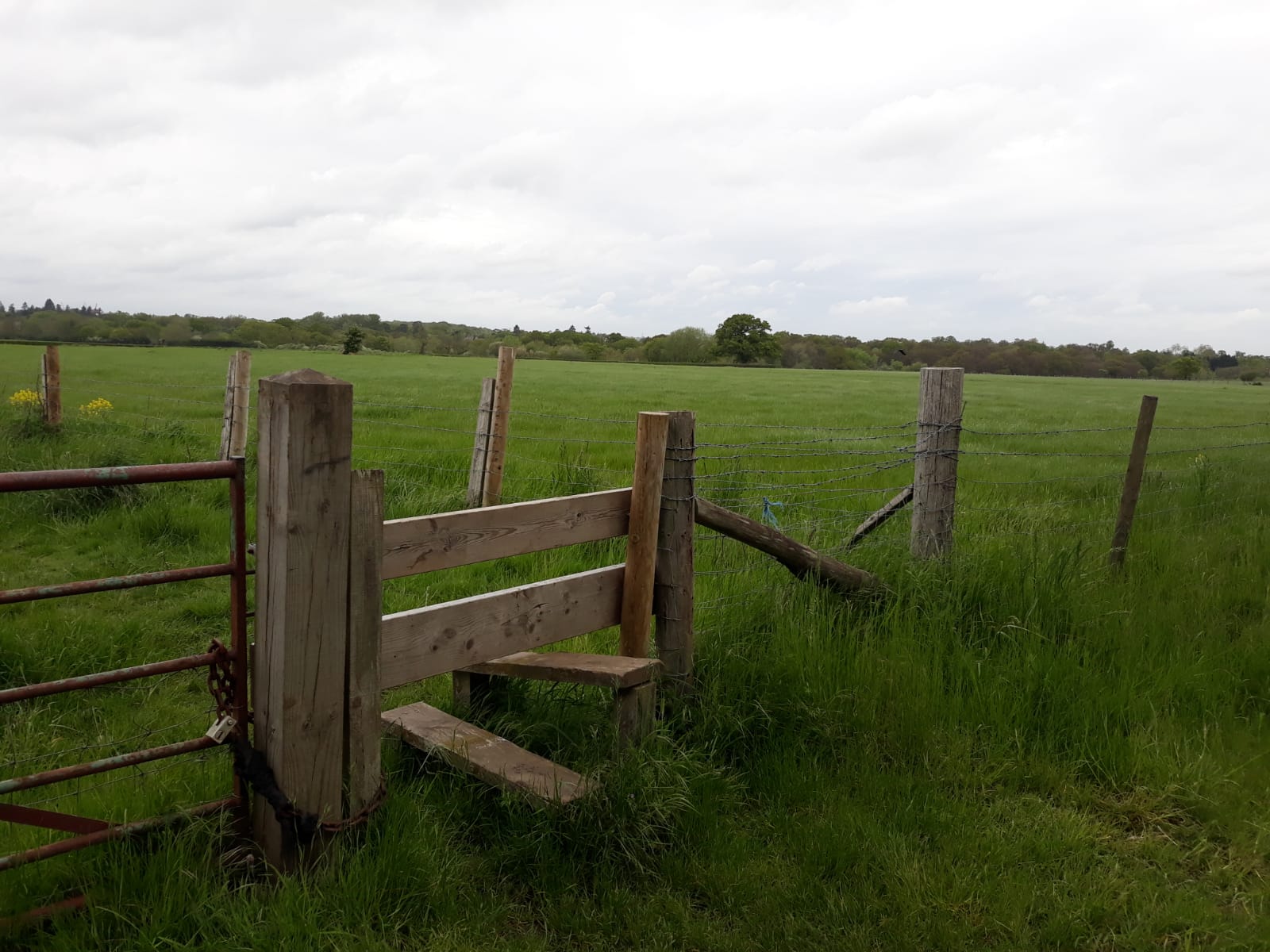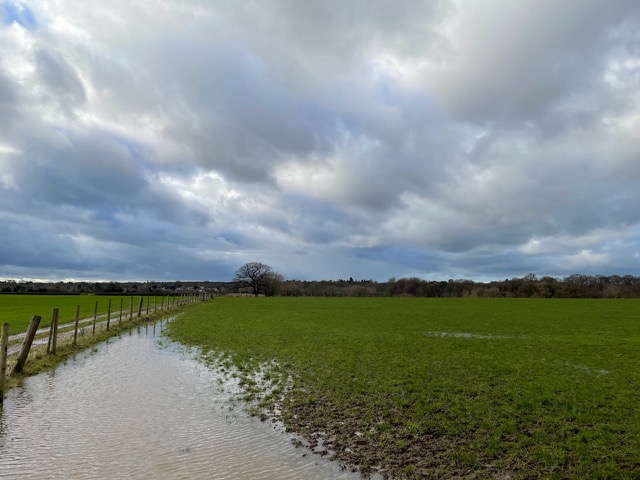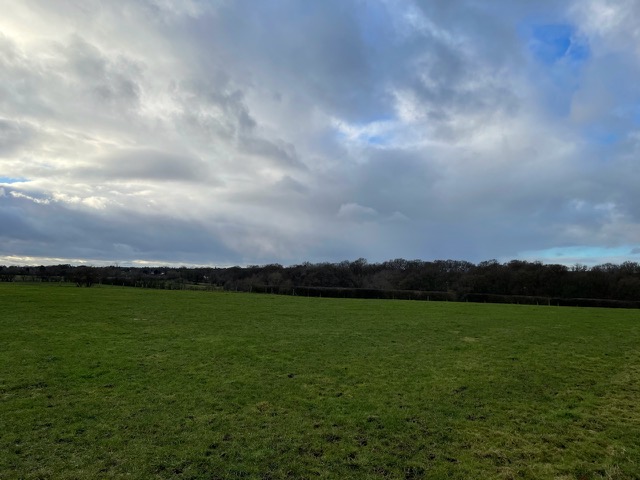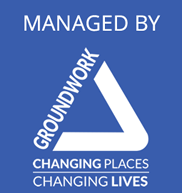THURSDAY, September 28, 2023 was a dark day for Buckinghamshire Council, the Colne Valley Regional Park and the communities around Iver and Uxbridge. The council approved a colossal motorway service area on one of the narrowest parts of the Green Belt around London, a scheme of no benefit to the local community whatsoever.
It will harm the Colne Valley and cause the closure of Iver Environment Centre – a fantastic community resource for education and special needs support visited by more than10,000 people every year.
There is a long history of controversial planning along the border between Bucks and Hillingdon, dating back to the extensive gravel extraction that blighted Iver in the middle decades of the last century. More recently, Bucks Council’s approval of two huge expansions of Pinewood Studios mean that studio blocks already tower above the previously wooded hillside visible from Uxbridge across the valley and new development will shortly spring up right next to Black Park. Pressure for data centres in the Green Belt continues to build relentlessly.
There is much talk in political circles about the need to protect the countryside in the pressurised urban fringe around London, but increasingly it seems commercial gain is being placed well above environmental improvement, access and local people. It is our view that land acquired for public benefit should never be released for development.
We find this particularly galling, given that Bucks Council is a partner of the Colne Valley Regional Park, agreeing to champion our six objectives.
Regrettably – and despite our best efforts – politically there appears to be a widening gulf in terms of both understanding and aims for the future of this already fragile area.
The Colne Valley Regional Park was founded in 1965 by a group of forward-thinking local politicians who recognised the enormous value and potential of the area as a crucially important green buffer to the west of London. At the time, this vision was led by Buckinghamshire Council which showed a much more positive attitude to the countryside than that of its modern counterpart.
We live in challenging times and the competing financial pressures on local authorities have never been greater. Central Government finds it convenient to leave them to battle the problems largely on their own, and bear the brunt of frequently angry local reaction to controversial decisions.
Reasonable progress was made in the general approach to planning in the second half of the 20th century but as our conference in April 2023 made clear, the UK system now desperately needs a complete overhaul. That will require considerable vision and support from central government. We’re nowhere near that yet.
If it goes ahead (and despite Bucks Council’s approval, the battle is by no means over) the Iver motorway service area is yet another serious erosion of Green Belt at a perilously narrow point and one that will change the face of the area forever.
Unfortunately, it is impossible to avoid reaching the conclusion that the Bucks’ Strategic Sites Committee had no appreciation of the positive things the Colne Valley stands for, its crucial strategic importance and how the planning system needs to support it if it is to survive.
We remain implacably opposed to development that fails to address or mitigate the impact it has on the countryside.
What You Can Do To Help
Local residents are asking us what they can do to help. The most important thing to do now is to
- write to the Secretary of State for Levelling Up, Housing and Communities (Michael Gove) before 31st October in response to the Council’s application to dispose of Green Belt land (see notice above) or send your comments to us and we will forward this to the department. For more information on what you can say click here
In addition, please write to your local MP and councillors to express your outrage and
please donate to support the countryside on your doorstep.
In the meantime, we will continue to fight to preserve what is left of the Park, protecting and improving its amazing rivers, woods, parks, paths and wildlife for the benefit of more than three million people who live nearby.
